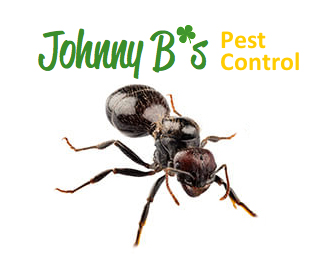As long as there are insects on this planet, there will also be invasive insects. Invasive insects inhabit and thrive in regions where they are not native. It should not be surprising to learn that exotic insects often struggle to survive within environments that are not in accordance with their physiological constitution. An insect’s native land contains all of the resources that the insect needs in order to survive. If an exotic insect gets lucky, it could wind up in a non-native environment that also contains abundant food sources. However, an exotic insect species that inhabits a foreign and unfamiliar region will not possess the instincts necessary for avoiding the region’s natural predator wildlife. When an insect, or any organism evolves in a particular region, it naturally learns to exploit that region’s natural resources in order to allow for its continued survival. If an insect species should come to inhabit a region where the species has no ancestral routes, survival is dubious. Then again, this is a wide world full of millions of radically different lifeforms, and nothing is impossible.
Non-native insects often wind up in regions where sources of sustenance are abundant, and encounters with natural predators are non-existent. You would think that an insect species dwelling in its native land would be healthier than an invader insect dwelling in a foreign land. After all, native insects always know where to locate the nutrients they need within their natural habitats. However, this comparison might not be so clear cut. In fact, British researchers have recently acquired evidence to suggest that one particular invasive insect species increased its survivability dramatically after being transported from its native Japan to the United States.
During the 1800s Japanese ants (or Asian needle ants) arrived in the United States by accident. Obviously, the ants were not native to the US, and they were forced to adapt to an American diet. By switching from a Japanese to an American diet, the invasive Japanese ants rapidly depleted numerous native insect populations in the areas where they had been dwelling. These aggressive ants move in military-style formations in a never ending pursuit to gain territorial dominance over other insect species, especially other ant species. The Japanese ants, as you can guess, have caused great concern among environmentalists, entomologists, ecologists and other experts. This concern is understandable considering the virtually unprecedented degree of adaptive success that Japanese ants have demonstrated in North America. The rapid depletion of native insects by invasive ants in the southeastern US is upsetting the balance of the region’s ecosystem at a rate that is rapid enough to demand the attention of pest control professionals and expert academics all over the world.
Stay up to date with Johnny B’s Social Media Pages!

